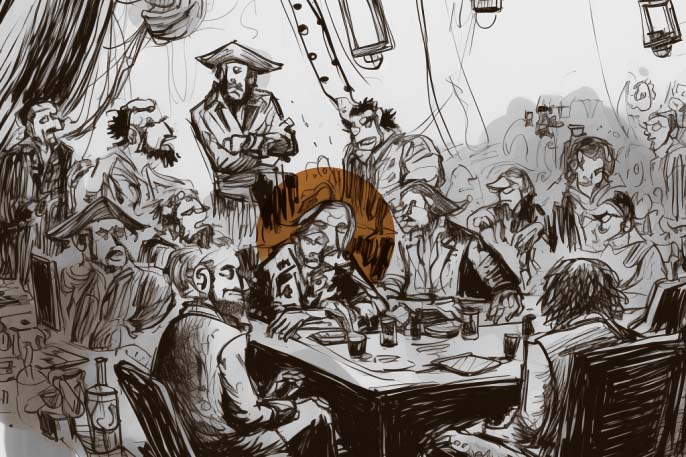GUEST POST
by Sandra Palmer
This month’s Thoughts from the Field (February, 2023) is written by Sandra Palmer, my colleague in Sarasota, Florida.
John Cleese had it right when he filmed his hilarious video, “Meetings, Bloody Meetings” (snippet here). As a Principal Consultant with The Table Group, the subject of meetings is often discussed when working with leadership teams on their journeys to organizational health. The concept is usually met with the rolling of eyes from participants, yet effective meetings are crucial to an organization’s success. In his book Death by Meeting, The Table Group co-founder Pat Lencioni describes “meeting stew” – when teams discuss expense reports, next month’s offsite, the December Holiday Party, and competitive threats all in the same meeting. To combat it, Lencioni suggests different meetings for distinct purposes. He proposes four types of meetings: daily administrative, weekly tactical, ad-hoc/strategic, and quarterly offsite. Many IT teams employ daily standups, and most executive teams are well-versed in the weekly tactical, and at the very least, annual offsites. What is usually missing is the strategic component: the once-a-month gathering where a select few issues of significance and importance are discussed, ideas are rigorously debated, and decisions are made. If a leadership team is always playing catch-up against targets, chances are they are not having a regular cadence of strategic meetings. Below are seven Cs for smooth sailing in strategic meetings.
Criticality: What is worth discussing?
What aren’t we talking about that is crucial for our business to be successful? High stakes, varying opinions, and strong emotions contribute to crucial conversations, according to the authors of the book by the same name. Use these three indicators to vet topics for strategic discussions.
Clock: How much time will a topic require?
Target one or two topics for a two-to-four-hour strategic meeting. Timebox conversations. Be mindful that Parkinson’s Law applies: “Work expands to fill the time allotted.”
Community: Who should attend?
Many teams are simply too large to have a robust discussion, let alone a healthy debate. Think of the fewest number of people to make an informed decision.
Pat and The Table Group have created an effective, practical model that can increase individual and team productivity by identifying what brings joy or zaps energy when getting work done. The model has direct applications to meetings. In his newest book, The Six Types of Working Genius, Pat explains the framework and the six geniuses, which are wonder, invention, discernment, galvanizing, enablement, and tenacity. In strategic meetings, for example, this knowledge can aid in recognizing when turbulence occurs as those with the genius of wonder are flying high above the clouds brainstorming, and then someone with the genius of tenacity attempts to land the proverbial plane by asking questions about execution. As much as possible, include individuals beyond the current team who have the geniuses of wonder, invention, and discernment in your strategic meetings (find information about The Six Types of Working Genius and the ten-minute assessment, here).
Content: Are participants equipped to discuss the issues?
For efficiency, send pre-reads ahead. Invite subject-matter experts. Start with the headline; don’t hide the story or the main point. Have a point of view about the topic and don’t save vital comments until the end.
Conflict: Are participants prepared to vigorously debate the issues?
The ability to enter into conflict, or productive, unfiltered debate, is a skill worth cultivating. How the leader handles conflict will model how the rest of the team engages in the discussion – or doesn’t. Start with an opinion and invite debate. Argue like you’re right. Listen like you’re wrong.
Commitment: Where does everyone stand on an issue?
Don’t assume agreement. Ensure all participants speak their minds, weigh-in-to-buy-in, and commit to the decision once their opinions have been heard. Pause throughout the meeting to check on alignment.
Cascading: Now that a decision has been made, who needs to know?
Many teams work right up to the last minute in a meeting, or go over, without recapping decisions, next steps, and communications. A cascading communication plan solves this problem. Stop five to ten minutes before the meeting ends and answer four questions: What was discussed? What was decided and what are the follow-up actions? What won’t we share? What will we share – to whom, by whom, how, and by when? This simple process minimizes confusion and increases the likelihood that all participants are on the same page.
Cleese’s video humorously and accurately conveys the sentiment that no one likes to attend a meeting solely for the sake of meeting. By utilizing the seven Cs, strategic meetings can become more energizing and productive while achieving greater alignment and clarity, all leading to stronger, healthier, and highly successful organizations!


